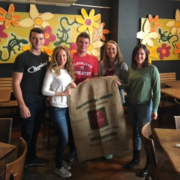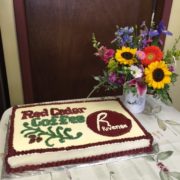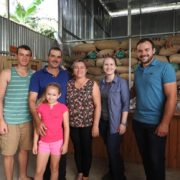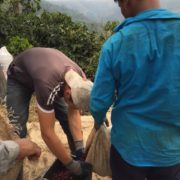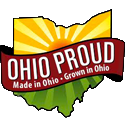We are entering the season of Pumpkin Spice everything. Adding this savory spice blend to a coffee or espresso just wakes up the senses to the fall.
This fall seasonal flavor has such a following that we were curious about the origins of this combination we decided to investigate.
What is pumpkin spice?
Pumpkin Spice is an aromatic spice blend of nutmeg, allspice, ginger, and cinnamon. While no pumpkin is typically used in this spice blend, the combination is typical for pumpkin pie, so the combination is commonly referred to as pumpkin pie spice.
Coffee and spice trade
The spices found in pumpkin spice were originated on a small group of islands in Indonesia, referred to as the “Spice Islands.”
During antiquity, the region around Indonesia traded to acquire these valuable spices. Ships embarking on the Spice Trade would pass through Yemen, specifically the port of Mocha, on their way to Europe and North Africa.
It was in Yemen where coffee was first grown commercially. Coffee shared the same cargo holds as spices as both became more widely traded.
Interestingly, the coffee blend Mocha Java is considered the first blend and its name is a nod to coffee bring brought from the port city of Mokka in Yemen to the island of Java in Indonesia.
The Dutch East Indies Trading Company was established by the Dutch for trading spices. In the 1500s and 1600s the Dutch began planning coffee trees on the island of Java in Indonesia. The sheer size of the farms soon meant that Java was the largest coffee producer. Soon, coffeehouses began to spring up in cities like London and Vienna.
Pumpkin desserts in the US
In the 1700s and 1800s, pies in colonial America were often made with squash and fruit unlike the typical savory meat pies of England. During this time pumpkin were typically consumed as roasted or baked, and to be enjoyed in soups or stews.
In Amelia Simmon’s cookbook, published in 1796, included a recipe for pumpkin pudding. This recipe included cream, sugar, nutmeg, and ginger—not unlike the ingredients of today’s pumpkin spice drinks.
By 1929, Libby’s, began offering a pureed canned pumpkin for making pumpkin pie at home. In 1934, McCormick branded this spice combination as “pumpkin pie spice”.
With the end of sugar rationing after World War II, the demand for pumpkin began to soar. However, most pumpkins grown in the US were for fall decorations and not the edible variety.
Pumpkin and coffee pairing
In 2003, Starbucks was given the credit for creating the pumpkin spice latte as part of their fall seasonal drink offerings. Part of the reason why the pumpkin spice latte was developed during this time was because it was still a novelty flavor.
Now, the demand for pumpkin spiced desserts has expanded to countless desserts including pumpkin scones, pumpkin breads, and pumpkin muffins.
So, sit back and enjoy a cup of pumpkin spice knowing that it is part of a long culinary tradition.








